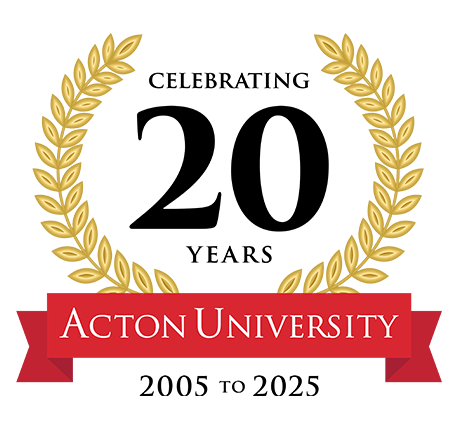Conventional understanding may tend to gloss over the distinction between the concepts of community or society and of state or government. Many in the popular media often use the words community, society, state, and government interchangeably. The common usage of these terms introduces a fallacy with potentially dire consequences. Communal or social obligations are those that all people have in common. This does not mean that every social obligation is, or should be, enforceable by the state or government. While honest debate may ensue about exactly what constitutes a communal or social obligation, before that debate can begin in earnest, a distinction must be made between society and the state. Failing to recognize this distinction introduces the specter of a totalitarianistic outlook. Of course, this outlook may not be fully developed or implemented as totalitarianistic at this particular moment, but a confusion of terms can sufficiently lay a philosophical foundation arable for totalitarianism. Said another way, blurring the meanings of the words community or society together with those of state or government establishes the philosophical footings upon which a totalitarian regime may gradually be erected.
The communal, social response or reality is represented and defined by cooperation that people have with one another. This cooperation is based on shared mores, values, and customs. It is never coercive. The defining element of a social relationship is this shared, non-coercive cooperation. Robert Nisbitt, a sociologist, makes this distinction in a slightly different way. Nisbitt indicates that a distinction is to be drawn between authority and power. Both authority and power are forms of constraint. But Nisbitt notes that power is a form of constraint based on something external to the person being constrained. That is to say that power is coercive. Authority is a form of constraint that causes a person to be restricted in action or decision based not on something external, but rather on something internal to the person being constrained.
A simple illustration demonstrates this difference. A man wakes up on a beautiful Saturday morning, takes out his golf clubs, and dresses for his outing. His wife looks at him without saying a word. Her look is enough for the man to become concerned that he has done something terribly wrong, but he is not sure exactly what it is. So he asks, “What’s the matter, Honey?” She replies, “Did you forget that today was my sister’s wedding?” No more words are needed. The man meekly switches his shorts and collared short-sleeve shirt for his suit and tie. What caused the man to discontinue his golfing plans? It would not seem to be coercion, but instead the mutual submission that a husband and a wife have to each other. The man and his wife are about the same project. He has a mutual allegiance with her. The presence of this basic mutuality is the difference between authority and power. Sometimes authority, especially moral authority, can motivate people to act far more sacrificially or heroically than any act of power or legislation could ever accomplish. Thus, it is imperative to distinguish community and society, which are institutions of authority, from state and government, which are institutions of power. Power, not authority, corrupts absolutely, and power exercised continually without authority eventually develops into the totalitarian nightmare.













